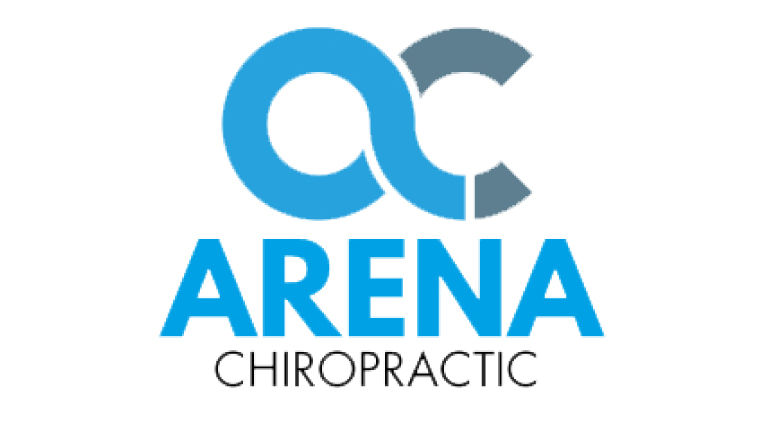The mystery writer Raymond Chandler, author of “The Big Sleep” and “The Long Goodbye”, famously extolled a “California breakfast” of orange juice and a cigarette. Of course, this was back in the bad old days when lighting up was part of most people’s morning ritual. Today, although the orange juice might remain, a healthy breakfast consists of various nutritious replacements for the non-nourishing cigarette.
The importance of eating a good breakfast has been widely promoted in countless public health campaigns, yet many people persist in rushing past this critical meal, jumping right in to their daily work activities while bolting down an oat bran muffin or, worse, a toaster pastry. Such behavior does not support a healthy lifestyle and is especially deleterious for children and teenagers.
From the adult perspective, a lack of sufficient nutritional energy resources will negatively impact a person’s work performance. In the absence of appropriate blood glucose levels, your body will seek out other energy sources such as stored fat. The metabolic demands of utilizing fat for energy are much greater than those of processes that use glucose. Over the course of a morning, such inefficient metabolism leads to tiredness, fatigue, and even a headache. Other body systems suffer, especially the digestive system and the nerve system.1,2 For example, the primary source of energy for your brain is glucose. If you’ve had a less-than-nutritious breakfast, the supply of glucose reaching your brain is substantially reduced. As a result, your thinking gets muddled. Creativity and decision-making processes degrade. Your overall effectiveness as a human being becomes markedly reduced.3 The negative consequences can only be imagined.
It may be fairly considered that young people depend even more on their brains than do adults. Their brains are responsible, in addition to everything else, for coordinating the growth and development of their entire bodies. The nerve system is the body’s master system and the brain is the command and control center of the nerve system. Proper nutrition, critical for long-term health and well-being of all persons, is even more important for children and teenagers. Habitual lack of a healthy, nutritious breakfast leads to an unending list of problems for young people as they get older and become adults.
It is a truism that breakfast is the most important meal of the day. Every meal is necessary and valuable, but a complete breakfast sets the tone for how things will go for the next 12 to 18 hours. Taking the time for breakfast is well worth the effort. When your energy stores have been replenished, you’re ready for action. You might need to get out of bed 15 minutes earlier, but this change in routine will soon become a useful new habit. All of your family members will benefit by taking this time to take care of themselves.





